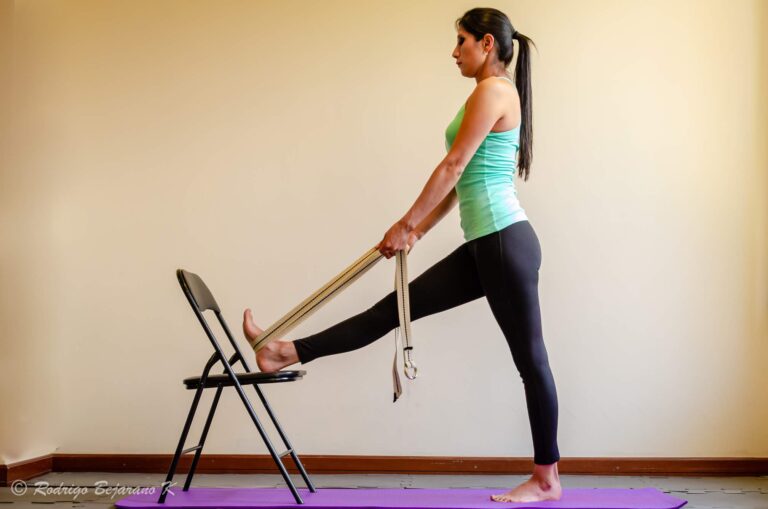
In times when the body and mind are constantly exposed to stimuli, stress, and fatigue, restorative yoga is presented as an essential practice for cultivating holistic balance. Much more than rest, this discipline offers a space where it is possible to calm the mind, activate the body gently and consciously, and generate the internal conditions for health and well-being.
What is restorative yoga?
Restorative yoga is a therapeutic, passive, and deeply introspective style of yoga that employs props such as chairs, yoga blocks, blankets, cushions, and belts to hold the body in comfortable postures for extended periods. This allows everyone, regardless of their physical condition or age, to access a state of conscious rest, internal alignment, and release of tension.
Unlike other more demanding physical practices, restorative yoga does not seek effort, but rather receptivity: an active pause where a finer connection between body, mind, and breath is awakened. It’s not just rest: it’s a discipline that cultivates presence, gently activates the body, and strengthens health through calm.
Prevention: a practice to maintain health
One of the greatest benefits of restorative yoga is its ability to act preventively. A consistent practice can:

Reduce the impact of chronic stress by balancing the autonomic nervous system.

Regulate the immune and endocrine systems, promoting greater physical resilience.

Improve sleep quality and cellular recovery processes.

Promotes circulation and digestion, stimulating internal organs through deep relaxation

Deepen bodily and emotional awareness, allowing imbalances to be detected before they become major symptoms.
From this perspective, restorative yoga becomes an intelligent self-care tool that allows us to sustain long-term health.
Recovery: A Gentle Path to Healing
In addition to its preventive properties, this practice is highly beneficial as a therapeutic accompaniment during recovery processes. It is especially recommended for people experiencing:

Muscle, joint, or postoperative injuries, where effortless mobilization is required.

Chronic pain in the back, neck or joints, by releasing deep tensions.

States of physical, mental or emotional exhaustion, such as burnout or chronic fatigue.

Anxiety disorders, post-traumatic stress, or mild depressive states, by promoting emotional regulation through the parasympathetic nervous system.

Autoimmune or degenerative diseases, as a complement to medical treatment.
Who is it recommended for?
Restorative yoga is accessible and adaptable to a wide range of people:

Older adults or people with reduced mobility

People who are going through physical or emotional recovery processes

Those who live with high levels of stress or anxiety

Those looking for a conscious and gentle way to activate their body

People interested in a deep, meditative and transformative practice
No previous yoga experience is necessary. All you need is a willingness to stop, breathe, and allow your body to express itself without demands.
The art of healing without forcing
Restorative yoga reminds us that we don’t always need to do more to heal. Sometimes the deepest healing happens in stillness, in conscious pause, in listening to the body. This practice teaches us to trust the natural power of rest, not as an escape, but as a path to mental clarity, emotional balance, and physical vitality.
“When the body finds support, the mind can let go. And when
the mind lets go, the heart breathes.”
We invite you to practice with us.
At Shanti Yoga Holistic Center, we offer carefully guided restorative yoga classes, with personalized attention and the use of all necessary supports for a safe, profound, and renewing experience.
